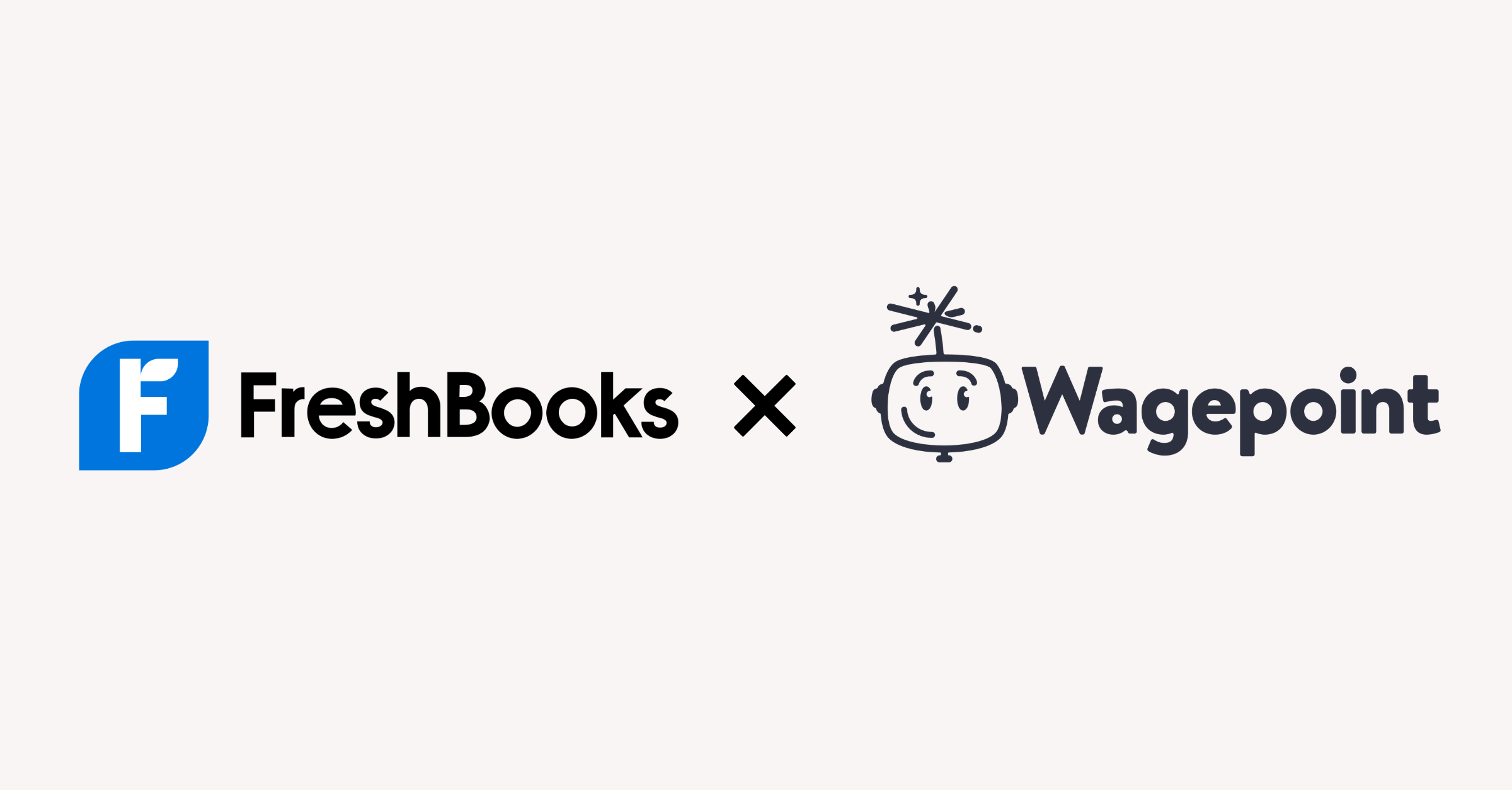Become an insider!
Get our latest payroll and small business articles sent straight to your inbox.
As a small business owner, you’ve got your hands full — and there’s just never enough time in the day. Between managing employees and sales, perfecting your products or services and trying to attract new customers, running a business can be exhausting! But it doesn’t have to be this way.
Have you considered automation?
A lot of small business owners don’t consider automation simply because large automation vendors tend to target large businesses in their sales efforts. This makes it seem like automation is something only larger businesses can enjoy. However, this is simply not the case. Even if many of these programs aren’t directed at businesses of your size, they can still be beneficial, helping you raise the value of your business and improving your employees’ work-life balance.
In this article, we will explore the various ways in which automation can empower you to streamline tasks, boost efficiency and focus on strategic business growth.
What is automation and why should you try it out?
According to IBM, automation is the use of technology to perform tasks and minimize human input. Automation simplifies all areas of a business by automatically accomplishing tasks that you or a staff member would otherwise have to do manually.
The main benefit of automation is that it saves time, enabling you to focus on the goals that matter, such as growing your business. By automating repetitive tasks your employees typically do, you’ll free up their time to do more stimulating and rewarding work, which will increase employee satisfaction, too. As a bonus, happy employees are generally more productive and less likely to leave your business, which means you may well save money on hiring recruits. This saved money can then be reinvested into the business.
So, now that we’ve considered why automation can be advantageous, let’s take a look at some of the areas in which you may want to implement it in your business to improve productivity and employee satisfaction, increase efficiency and grow your business.
1. Streamline financial management processes.
Automation tools such as accounting software, invoice generation systems and expense tracking applications can simplify financial management by speeding up the data entry process and other similarly time-consuming manual tasks.
If you implement an accounting software system, you can kiss that shoe box of receipts goodbye! When you no longer have to keep track of physical copies of receipts, it becomes much easier to assess what’s happening to the money in your bank account. Many of these software systems store your documents online to ensure quick access and give you the option to capture bills and receipts via email or scan files from your mobile phone. They also come with automatic bank feeds so that you can easily sync your bank and financial information.
In addition, these programs often integrate with a variety of additional apps that you can use to complement your financial management tools, such as Syft Analytics for financial reporting and data analysis or Wagepoint for payroll processing — but more on this later.
2. Automate marketing and sales efforts.
If you consider some of the most common challenges faced by businesses, generating leads and keeping customers engaged throughout their customer journey are high on the list. Along with trying to find new leads and retain existing customers, you’re also confronted with a ton of data that you’ve collected from your marketing efforts, which can make it difficult to know where to start. Automation can help.
You can use automation to streamline many of your marketing processes, from scheduling emails to send to hundreds of customers to mapping out your content planning on Instagram or Facebook. There are many different marketing applications out there to help ease the pain of working with leads and customers. Here are a few examples of ways you can automate your marketing and sales:
- You can create personalized workflows to drive qualified prospects towards helpful content and turn them into warm leads that can then be nurtured into customers. (In other words, find people who are potentially a good customer fit and build a relationship with them to win them over);
- You can streamline processes across teams by working on the same platforms;
- You can schedule emails to send to multiple people simultaneously in the time zone that suits them best; and
- You can schedule social media posts to post at the optimum time.
Many of these platforms are designed with the customer journey in mind and make it easier to facilitate your marketing and sales efforts across teams without adding more to your plate. Some examples of popular marketing and sales software include Sendgrid, Mailchimp and HubSpot.
3. Optimize payroll processes.
Now that we’ve considered how software can help you in terms of streamlining your financial management and your sales and marketing processes, it’s worth considering how you can use it to optimize payroll processes in your business. By using payroll software, such as Wagepoint, you can enjoy automatic:
- Payroll calculations;
- Tax deductions; and
- Direct deposit processes.
This can save time, ensure accuracy and alleviate the burden of manual payroll processing for you and your accountant. With this software, you can send money directly to employees’ bank accounts, give everyone access to their pay details, generate and submit your Records of Employment (ROEs) and stop worrying about missing tax payments and late reporting.
By using payroll software, you’re less likely to make costly mistakes in your payroll as you’ll no longer be relying on people — with all their potential for error — when it comes to calculating incomes, deductions, paid time off, workers’ compensation and Employer Health Tax or the Health Services Fund.
4. Accelerate your accounts receivable processes.
Accounts receivable (AR) is the money that customers owe your organization for your products or services. Since your cash flow relies heavily upon the timely collection of money that you are owed, it’s important to ensure that critical functions, such as efficient invoicing, optimal days sales outstanding (DSO) and quick dispute resolution, happen as a standard practice.
As we noted in our article on crushing your cash flow concerns, accelerating your receivables can be very beneficial when it comes to managing your cash effectively. The quicker you have cash in hand, the less likely you are to run into cash flow issues. Automation can speed up the AR processes in your business by making invoicing, payment reminders and vendor management automatic. This can lead to you reducing costs, saving time, decreasing transaction fees, accelerating payment processing, enhancing customer satisfaction and maintaining healthy cash flow with attainable payment terms.
Moreover, a good AR automation tool can speed up the financial closing process and free up your staff to work on higher-value duties. Some examples of AR software include Billtrust, Square Invoices, BILL, Tesorio and Synder.
Pro Tip: A good place to find the right tool for your business is the app store of your accounting, e-commerce or point-of-sale software or on software review sites such as G2.
5. Improve reporting and analysis.
If you build reports and analytics manually, you — or your accountant — likely spend many hours battling with spreadsheets and mulling over long lists of numbers. The good news is automation can help you out here, too. You can harness the power of reporting and analytics tools, such as Syft Analytics, to consolidate data from various sources, create visual dashboards and generate customized reports in a fraction of the time.
This software lets you gain valuable insights into your financial performance, identify trends and make informed decisions proactively, rather than reactively. After all, if it takes you much less time to generate reports, graphs and analytics, you’re better able to work with live data as opposed to historical data.
Additionally, using real-time reporting allows you to track vital Key Performance Indicators (KPIs) with ease, which can be especially helpful when it is time for you to prepare your year-end reports. This will allow you to more easily make data-driven decisions about how you should optimize your product offerings and other aspects of your business to improve efficiency in the future.
6. Implement a CRM to track leads and manage customer relationships.
A CRM (customer relationship management) system is designed to streamline and automate small business processes like lead tracking, customer service interactions and data organization. Because of this, a CRM could be the perfect automation tool for you!
Implementing a CRM will help your small business:
- Improve customer satisfaction;
- Enhance business communication in terms of customer demand;
- Build lasting relationships with customers; and
- Track potential leads through your sales pipeline stages.
A CRM is a powerful tool for your sales processes and customer service team. It can save you a ton of time that would otherwise be spent attempting to navigate messy spreadsheets filled with customer information.
This tool serves as a centralized database which syncs contact data between apps to automatically update your customer information as soon as anything changes on a customer account. This drastically cuts down the manual work for your team and can strengthen relationships with your contacts and customers over time. Examples of CRM software include Salesforce, Zoho CRM, HubSpot CRM and Pipedrive.
Closing thoughts on harnessing automation.
Automation presents immense opportunities for you, as a small business owner, to streamline your operations, reduce manual labour and drive productivity. By embracing automation tools and technologies, you and your team can focus your attention on higher-value tasks, strategic planning and delivering exceptional services to your clients.
Moreover, by leveraging the power of automation through tools such as Wagepoint and Syft, you can achieve greater efficiency, accuracy and growth in an increasingly competitive business landscape. So, what are you waiting for?











